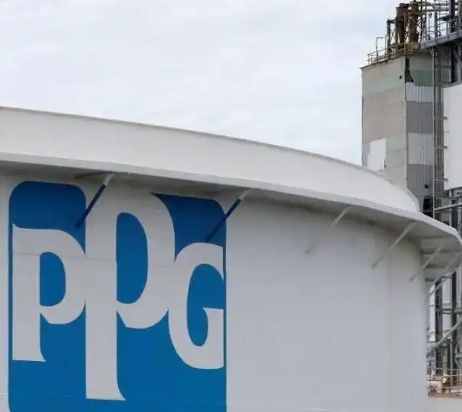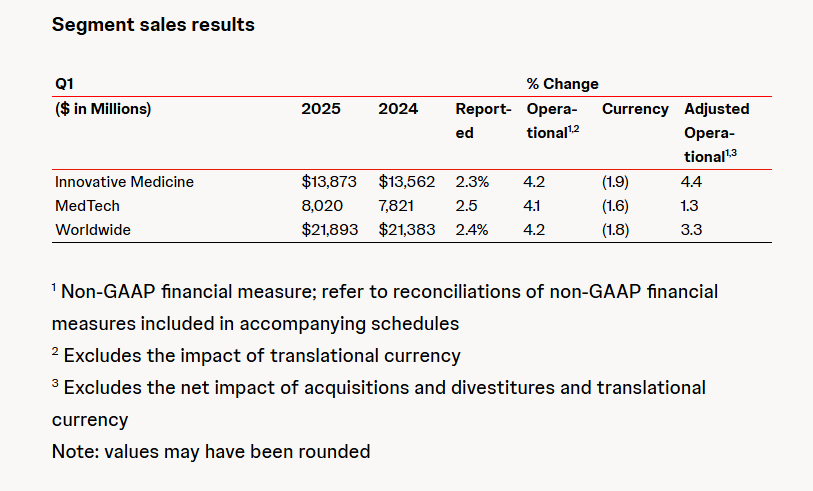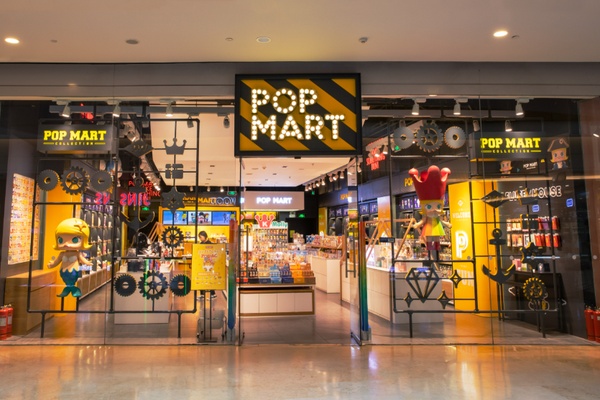New energy in Asia is squeezing gasoline demand, leading to a negative export arbitrage for domestic gasoline.
As of the week ending March 13, Singapore's light distillate inventory stood at 15.592 million barrels, at a low level for the same period over the past three years. The main reason is the significant increase in net exports from Singapore. With the continuous rise in new energy penetration, gasoline demand in Southeast Asia has been squeezed. Overall, Asia still shows weakness, dragging down Singapore's gasoline prices. In the first half of March, domestic gasoline export arbitrage continued to be inverted and fell to the lowest level for the same period in nearly three years.
According to Longzhong's calculations, the average monthly export arbitrage for gasoline in early to mid-March was -196 yuan/ton, a month-on-month decrease of 227 yuan/ton, with a decline rate of 732%; both the domestic gasoline export arbitrage on a month-on-month and year-on-year basis have fallen, reaching the lowest level in nearly three years. We believe the main influencing factors are as follows.
Figure 1 2023-2025 Domestic Gasoline Export Profit Trend (yuan/ton, calculated based on the FOB price in East China)
![[成品油]:成品油出口套利低位运行 预计2月成品油出口量环比下降 [成品油]:成品油出口套利低位运行 预计2月成品油出口量环比下降](https://oss.zuiyouliao.com/zx/image/002e4efe83d748d0b57b529d6d8697c1.png?x-oss-process=image/resize,w_600)
Data source: Longzhong Information
Table 1 March Mid-Month Gasoline Export Arbitrage Trend Month-on-Month (yuan/ton)

Data source: Longzhong Information
As of the week ending March 13, Singapore's light distillate inventories stood at 15.592 million barrels, at a low level for the same period over the past three years. This was mainly due to a significant increase in net exports from Singapore, driven by a surge in gasoline demand before the Holy Week in the Philippines. However, with the continuous rise in the penetration rate of new energy vehicles in Southeast Asia, Asian gasoline demand has been squeezed, showing an overall weak trend, and gasoline prices in Singapore have fallen.
Figure 2 Singapore Light Distillate Stocks Trend (2023-2025) (thousand barrels)
![[成品油]:成品油出口套利低位运行 预计2月成品油出口量环比下降 [成品油]:成品油出口套利低位运行 预计2月成品油出口量环比下降](https://oss.zuiyouliao.com/zx/image/4fbdd83ff0a146b59567da2a73f06f38.png?x-oss-process=image/resize,w_600)
data source: Longzhong Information
As of the week ending March 13, Amsterdam-Rotterdam-Antwerp (ARA) gasoline inventories decreased by 8.5% to 1.51 million tons, mainly due to refineries gradually switching to summer gasoline production, with remaining winter inventories being sold off at reduced prices. This is part of the seasonal transition where refineries actively reduce their inventory. Market participants are relatively optimistic about the demand for summer gasoline.
As of March 7, U.S. gasoline inventories stood at 241.101 million barrels, a decrease of 2.32% from the previous week, marking the largest weekly decline since December 2024. The main reason is the increase in gasoline restocking demand ahead of the summer travel peak, which has boosted U.S. gasoline consumption. At the same time, refinery operating rates in the Gulf of Mexico region were suppressed by planned maintenance, with an average operating rate of 87.2% in March, below the seasonal average. Supported by the recovery in gasoline consumption and low refinery operating rates, U.S. gasoline inventories have declined.
Singapore light distillate inventories increased on a month-on-month basis, while gasoline inventories in Europe and America both declined. The expansion of trans-regional arbitrage between the US and Asia will stimulate an increase in the flow of gasoline resources from the Atlantic coast to Asia, but the rise in Suez Canal freight rates will suppress the outflow of gasoline resources. Under the continuous impact of increasing penetration of new energy, gasoline demand in Asia remains weak, dragging down Singapore's gasoline prices. In the first half of March, the monthly average duty-paid price of 92# gasoline in Singapore was 7,926 yuan/ton, a decrease of 439 yuan/ton or 5.25% compared to the previous month.
Figure 3 ARA gasoline inventory trend (10,000 tons) 2023-2025
![[成品油]:成品油出口套利低位运行 预计2月成品油出口量环比下降 [成品油]:成品油出口套利低位运行 预计2月成品油出口量环比下降](https://oss.zuiyouliao.com/zx/image/c3a8e98068a7467398be96d1285c73e1.png?x-oss-process=image/resize,w_600)
Figure 4 U.S. Gasoline Inventory Trends (2023-2025) (billion barrels)
![[成品油]:成品油出口套利低位运行 预计2月成品油出口量环比下降 [成品油]:成品油出口套利低位运行 预计2月成品油出口量环比下降](https://oss.zuiyouliao.com/zx/image/0e23bff2be1c40908604dc77f31091f1.png?x-oss-process=image/resize,w_600)
Data source: Longzhong Information
![[成品油]:成品油出口套利低位运行 预计2月成品油出口量环比下降 [成品油]:成品油出口套利低位运行 预计2月成品油出口量环比下降](https://oss.zuiyouliao.com/zx/image/bec38947b6fa4216965a95fce0b6f1a9.png?x-oss-process=image/resize,w_600)
In March, with no holidays to support, domestic gasoline demand was weak, and the middle and lower reaches mostly replenished stocks based on rigid demand, maintaining low inventory operations. At the same time, due to the high cost of procurement, the arbitrage space for moving northern gasoline to the south was slim or even inverted, which curbed the decline in domestic gasoline prices. In the first half of March, the average monthly tax-inclusive price of domestic gasoline exports reaching the shore was 8123 yuan/ton, a decrease of 212 yuan/ton from the previous month, a drop of 2.54%.
The decline in Singapore's gasoline prices is much greater than that of domestic gasoline, leading to an inverted export arbitrage for domestic gasoline.
Table 2 March Late and Mid-early Period 2025 Gasoline Export Arbitrage Month-on-Month Trend (Yuan/Ton)

Data source: Longzhong Information
【Copyright and Disclaimer】The above information is collected and organized by PlastMatch. The copyright belongs to the original author. This article is reprinted for the purpose of providing more information, and it does not imply that PlastMatch endorses the views expressed in the article or guarantees its accuracy. If there are any errors in the source attribution or if your legitimate rights have been infringed, please contact us, and we will promptly correct or remove the content. If other media, websites, or individuals use the aforementioned content, they must clearly indicate the original source and origin of the work and assume legal responsibility on their own.
Most Popular
-

Overseas Highlights: PPG Establishes New Aerospace Coatings Plant in the US, Yizumi Turkey Company Officially Opens! Pepsi Adjusts Plastic Packaging Goals
-

Abbott and Johnson & Johnson: Global Medical Device Giants' Robust Performance and Strategies Amid Tariff Pressures
-

BYD releases 2024 ESG report: Paid taxes of 51 billion yuan, higher than its net profit for the year.
-

Behind pop mart's surging performance: The Plastics Industry Embraces a Revolution of High-End and Green Transformation
-

The price difference between recycled and virgin PET has led brands to be cautious in their procurement, even settling for the minimum requirements.



